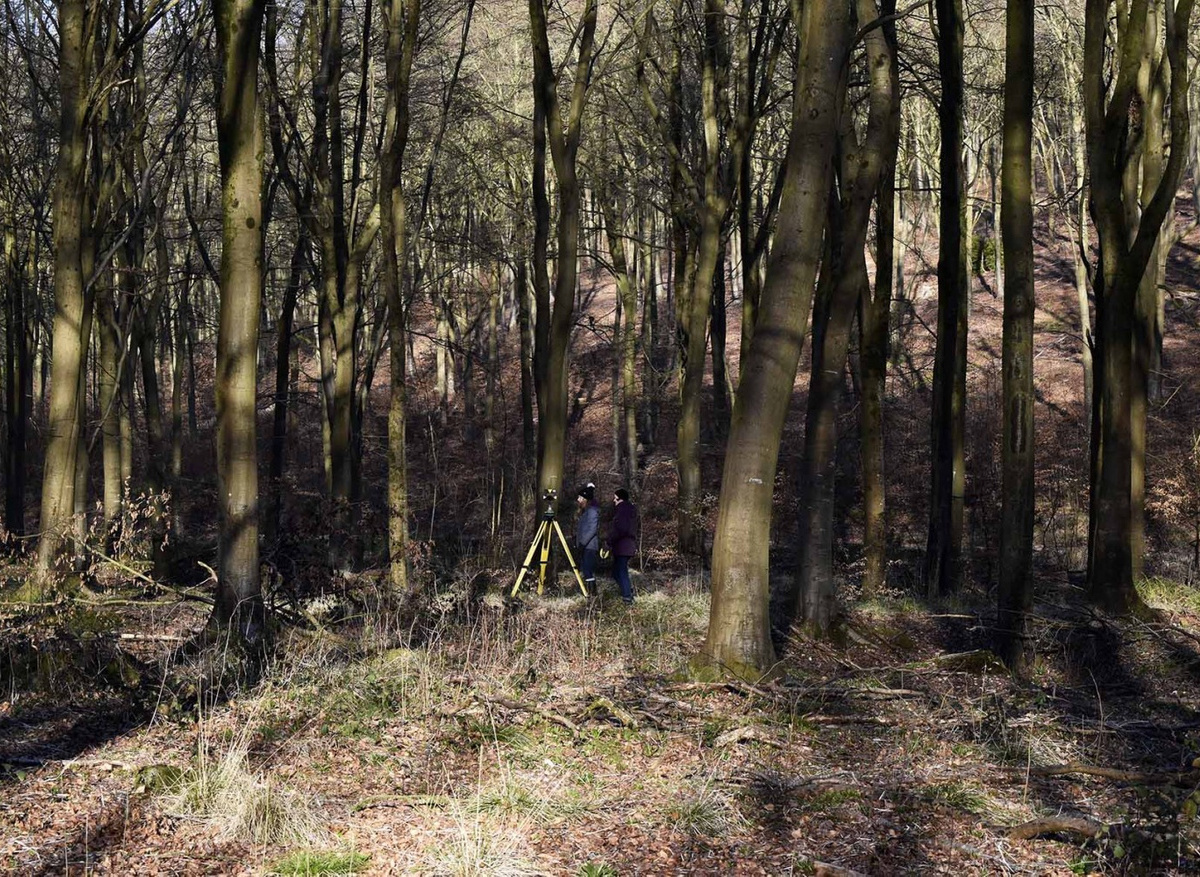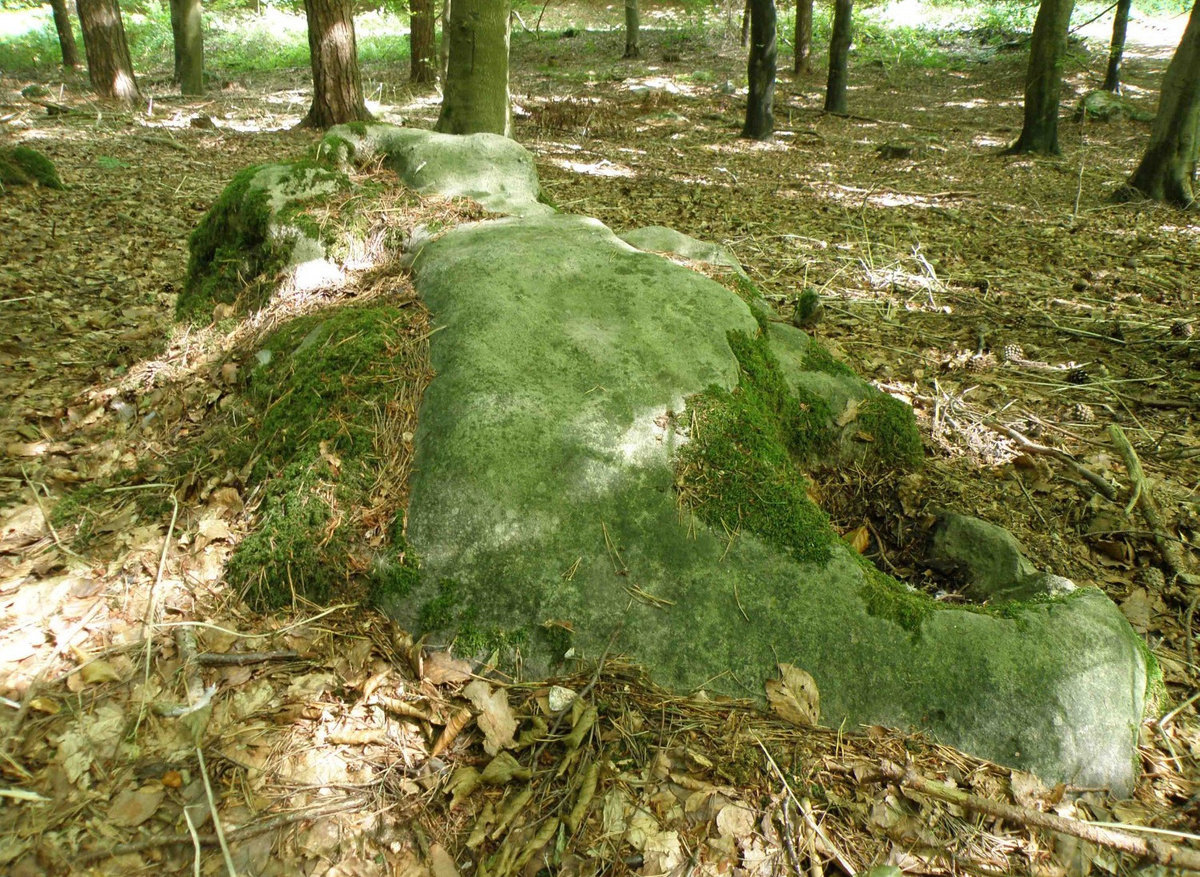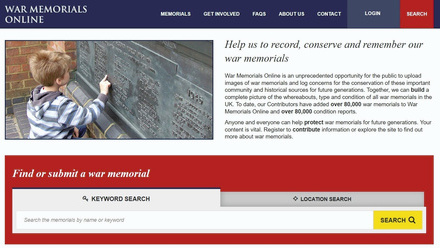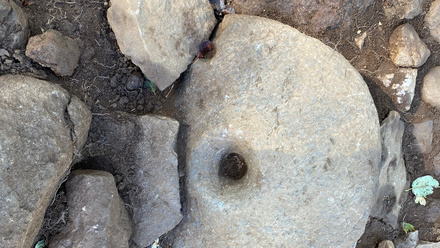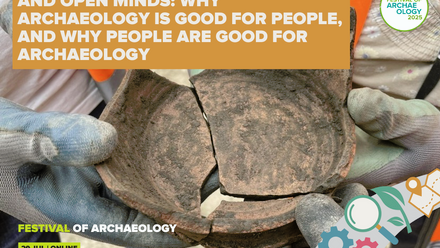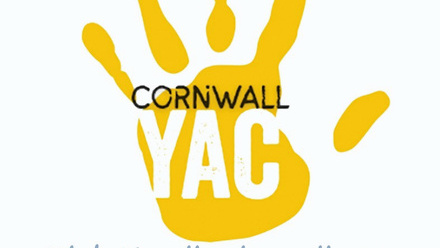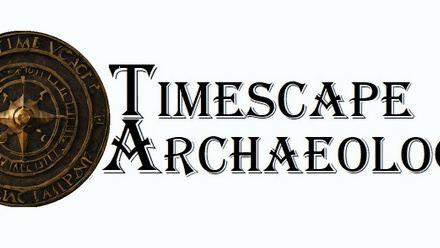Today has been all about communicating archaeology, in different ways. It's taken a while, but the process of reporting the results of some new research is almost at an end.
This work is all about three sarsen stone quarries. Sarsen stone is most familiar at Stonehenge: the outer circle and trilithons are made from huge sarsen boulders. But it has been used ever since the Neolithic as a building material. Immense volumes of sarsen were used to build Windsor Castle, for example. Boulders taken from the Surrey-Berkshire heathland were split by gangs and carted to the royal building site throughout the Middle Ages. Victorian sarsen quarries in Wiltshire and Buckinghamshire provided a mix of building stone, street furniture and road-stone. Building blocks were supplied for low and high status buildings, everything from small rural cottages and garden walls to important buildings like new churches. Carefully shaped sarsen street furniture - setts, kerbs, channelling - and crushed stone pieces were sold to local councils all over southern England to make new roads and pavements in growing towns. You'll see it in Swindon, Reading and Oxford, for example. I've completed earthworks surveys in two Wiltshire quarries and used historical aerial photographs to map the long-lost remains of a third in Buckinghamshire.
None of that work would have been possible without my colleagues or the archives caring for photographs, maps and other important research sources. I'd already written separate reports and prepared data files for the county Historic Environment Records. The next step was to bring all the research together to write an article for an archaeology journal. So today I finalised the last illustrations. It's great to know that the new findings will be published in the journal Post-Medieval Archaeology. Even better, the article will be Open Access. Anyone who is interested will be able to read about the skilled quarrymen who went to work in the Chiltern Hills amongst beautiful beech woodland and on the Marlborough Downs under sparkling larksong.
But today wasn't spent only in front of a computer. At just past 4pm I drove out to one of the quarry sites to meet up with a team of archaeologists excavating at a nearby prehistoric site. This was a chance for them to relax at the end of a hard day, fuelled by the almond macaroons I had made, and take a tour. We walked into the valley bottom to explore. It was the first time that I've led a walk there since before March 2020. And really, it is the best way to learn about the quarry. Getting up close and personal with the boulders, crawling over part-worked stones, rambling through the quarry pits that make the valley bottom look like the surface of the moon. Hopefully it won't be too long before we are back there again.
Contact details
Katy Whitaker
University of Reading

